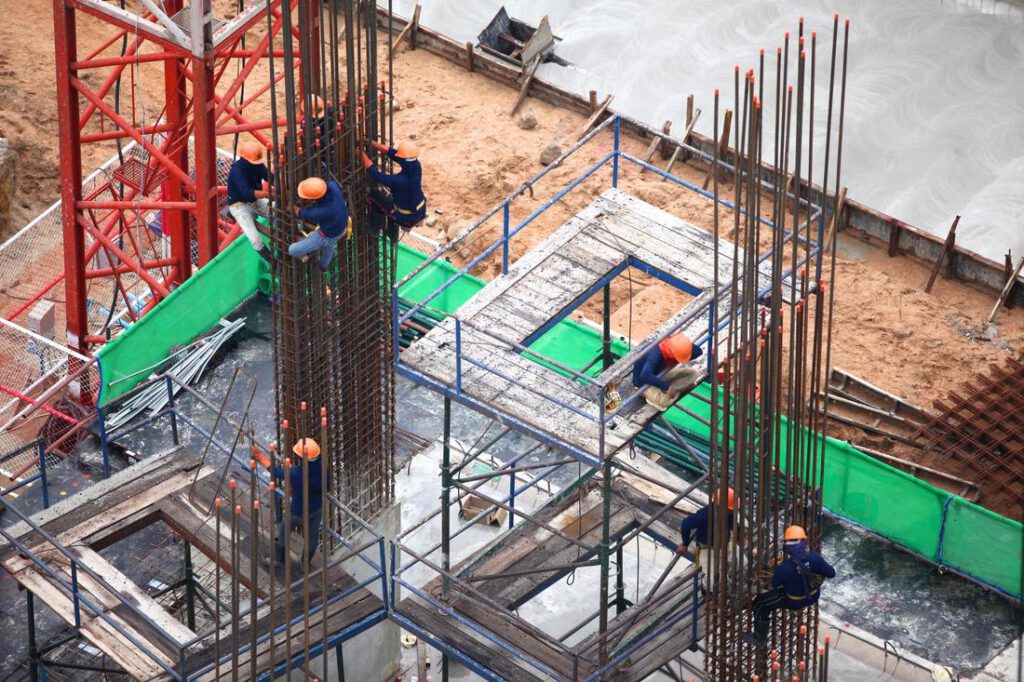Garland Foundation Repair

Concrete and steel pilings are one of the most popular and preferred building materials amongst contractors. Concrete and steal pilings are often found in residential infrastructure due to their strength capacity and sturdiness. The two come in varying shapes that can be adjusted to fit the needs of your home. Most are available in circular shapes that are designed to hold strength equality on all sides, making your foundation stable and instilled.
Concrete Pilings
Perhaps more common than steel pilings, concrete pilings are considered a go-to by contractors because of their strength and durability. Their concrete properties make them water-resistant, so they’re able to detract and deter water or moisture buildup from underneath the ground surface. Concrete pilings are typically more cost-friendly, making them desirable for those on a budget. If using concrete pilings, these are installed into the ground deep enough hold any heavier pressure above ground that they may need to. The remaining infrastructure is then laid on top of the concrete pilings. Concrete pilings can be made in slabs, which are created individually and one by one, then pressed into the ground.
Steel Pilings
Similar to concrete pilings, steel pilings are inserted into the ground until they’ve reached a pressure point where they can no longer be pushed. The difference, however, is that steel pilings are usually constructed from steel and made into cylinder or pipe-like structures that are then paneled across the base of the infrastructure to create beams. While steel does not have the same water-resistant properties that concrete has, it’s nevertheless a contender for a durable piling solution. Steel pilings are only able to hold certain weights at capacity, but can deteriorate if imposed with excessive weight they weren’t designed to hold. Steel pilings, however, are often preferred for their bending and curving ability over concrete, making them more versatile in their use.
Pricing
As stated previously, the cost difference in both pilings varies with concrete being the more affordable option. While both are great materials to build strong and stable foundations from, many clients will opt for a material that fits their budget or their existing foundation. If you’re concerned about the pricing or have questions regarding it, we’re able to work on payment plans that fit your financial needs.
Installation
Although the installation process of both materials is similar, their structural makeup is different. For both, we insert the various pilings into the ground with blunt force until they can no longer be laid any deeper. Concrete can often be laid in slabs that are processed individually, making it easier to link together a foundation piling in the ground, while steel pilings need to be fitted together to ensure they’re aligned. In some cases, the two are often intertwined to reinforce each other. Concrete pilings may need steel re-inforcers to allow for added strength for driving. Or vice versa, steel pilings can sometime be filled with concrete to reinforce their strength and durability and resistance.


